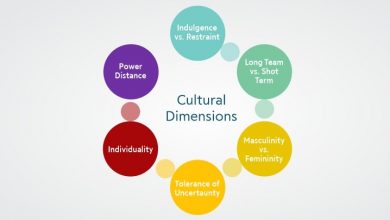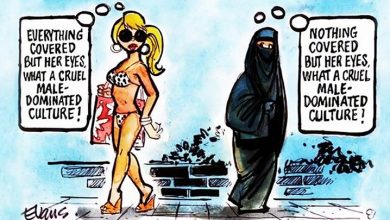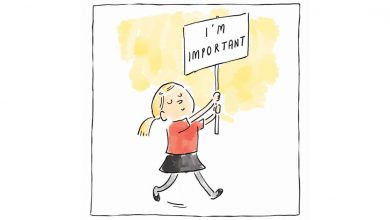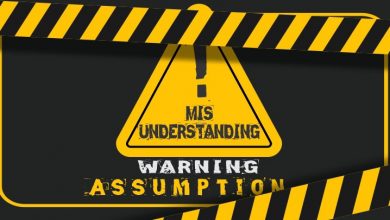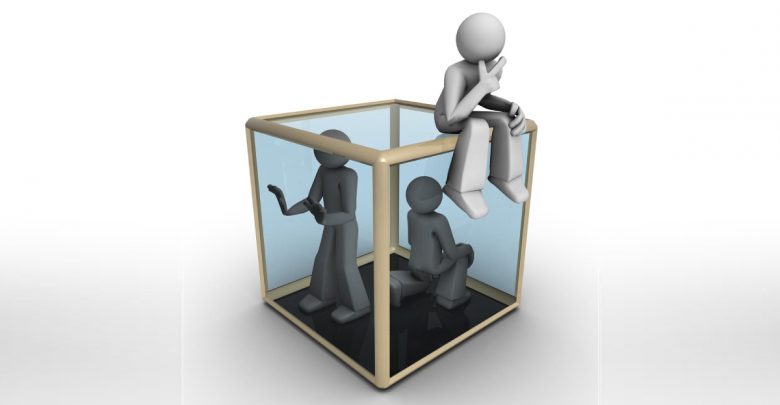
The task of addressing cultural differences and clashes might be simple, but it is not easy. Therefore, I will try to utilize tools of innovation in the intercultural context in an attempt to find innovative ways to address these common issues.
Can you drop an egg from a tall building on solid ground without breaking it? A usual experiment in science classes is the egg drop experiment. In this experiment, an egg must be dropped from a certain height on solid ground without breaking, therefore the task is to find a way to complete this task. This example is used in the business context more recently to try and find new ways to perform the same task, even though there are already some ways that have been found. The idea here is to train the brain to think outside the box, to come up with innovative ways to solve usual problems. This is how modern businesses come up with innovative products and services to stay ahead of the competition.
Using this concept in the intercultural context, we can benefit from this methodology to address common intercultural issues and scenarios, and taking a step further from just addressing them, we can actually find innovative ways to handle them.
Why did I choose this tool? As I am currently doing a masters in innovation, I have started to see potential connections between different innovation methods and topics such as the intercultural competence. I believe that innovation tools and methods can be applied to these concepts in order to achieve new and different outcomes to what has been achieved so far.
How does this apply to being a trainer? As trainers we are always looking for different tools and methods to use, and this is probably what brought you to the trainers’ library in the first place. This tool can be used to address an issue within the trainers team, it can be used as a tool to show/offer participants for use in their own projects and organizations, or it can be used during the training itself to address relevant topics.
Main content:
I will focus on two main tools that can be used in this context. The first one is the C-K theory, and the second one is mind mapping. The idea is to use these tools to break the dominant thinking, and by dominant thinking I mean the usual ways of thinking about cultural and intercultural issues. In this way we can look at them from different angles and see them in a different light. This will help with either coming up with new innovative ways for the already solved issues, or finding innovative solutions for the unsolved ones.
C-K Theory
Innovations and inventions were considered for a long time to be a mysterious phenomenon. In the 90’s, Armand Hatchuel, Benoît Weil and their research team discovered that these activities could be explained and modeled; they named them “innovative design”. From that research, the Concept-Knowledge (or CK in short) theory was born. C-K theory describes and explains the reasoning of a designer as he thinks of and designs a new object – a new product, service, or process. In addition to its explanatory power, this theoretical framework provides powerful generative mechanisms to overcome cognitive obstacles, thus improving our ability to innovate (CK-Theory.org).
C-K theory relies on the interaction between two spaces: The Concept and the Knowledge spaces. In the C-space, this formalism makes it possible to represent various ideas in a form of tree where all the ideas are connected to the initial concept forming a tree-alike structure. This structure helps to identify fixations effects that limit our ability to generate truly novel ideas. The K-space is an enabler to better manage the knowledge available at the beginning of exploration and reveal knowledge elements that might be hidden. This space is expandable as new truths may appear in it as an effect of the design process. Each time you add new knowledge to your “library”, you increase your ability to generate new ideas.

In the intercultural context, the C-K methodology will be used to address cultural issues in exactly the same way it is used to create new products or services. On the C space, you would start by putting the main concept as a starting point for the tree (I will explain how to use the mind map in the next part). Then define what that concept is/does and us that definition as branching points for the tree using any relevant knowledge from the knowledge space. The knowledge space consists of mini knowledge spaces, which might intersect, contain, or be part of one another. In these mini spaces you list logical statements, mainly true and false facts. These will be used to feed your concept tree, while at the same time expands to include other relevant knowledge spaces as you build your concept tree. The use of both spaces is interchangeable and there is no specific starting point, you can start with a concept or with a knowledge and go on from there.
Mind mapping
A mind map is a graphical way to represent ideas and concepts. It is a visual thinking tool that helps structuring information, helping you to better analyze, comprehend, synthesize, recall and generate new ideas. In a mind map, as opposed to traditional note taking or a linear text, information is structured in a way that resembles much more closely how your brain actually works. Since it is an activity that is both analytical and artistic, it engages your brain in a much, much richer way, helping in all its cognitive functions (litemind.com).
Combined with the C-K theory, the mind map (or tree) will facilitate the generation and branching of the main concept. The idea here is to go beyond the obvious, not stopping at the first possible outcomes, but rather going further. This would be possible by using the knowledge space, adding another relevant knowledge item after each possible outcome to expand to even more possible outcomes. The goal would be to push the concept as far as possible, expanding the tree as far as it can possible go. By continuously expanding and pushing boundaries of thinking about a specific issue or concept, the brain starts to bring more novel ideas. The novel and innovative ideas come only after exhausting all the usual and obvious ones. The ideas that don’t make sense are not excluded in this process, as long as they are based on knowledge that is relevant one way or another. In addition, it is worth mentioning that re-using knowledge (using a knowledge in a different/new way) and linking knowledge that is unrelated or beyond the current context will make this process even more powerful.
In the end, you would have a wide range of novel and new ideas for the main concept. The next stage would be to evaluate each of these options to finally select one to take as the final outcome. However, deciding on the main outcome to be used is not final, coming back to select a different option from the available options is another possible outcome by itself. Some outcomes might only be known if they can used in reality or not by trial and error. Therefore, it is important to have as many novel options in the end of the process as possible to have the possibility to come back to it again if needed.
The recipe for insanity is doing the same things and expecting different results. – Albert Einstein
Reflection questions
- What are some intercultural issues that have been dealt with the same way for years or decades and not brought any viable results?
- What do we stand to gain by becoming innovative in this field?
- What are some intercultural issues I could potentially apply these theories to?
Exercises/how to apply it in everyday life:
Experiment with putting different issues into the CK/mind mapping format so you can practice this kind of thinking for yourself. Then you can consider even using it in a training setting to further explore the issues you are dealing with.


